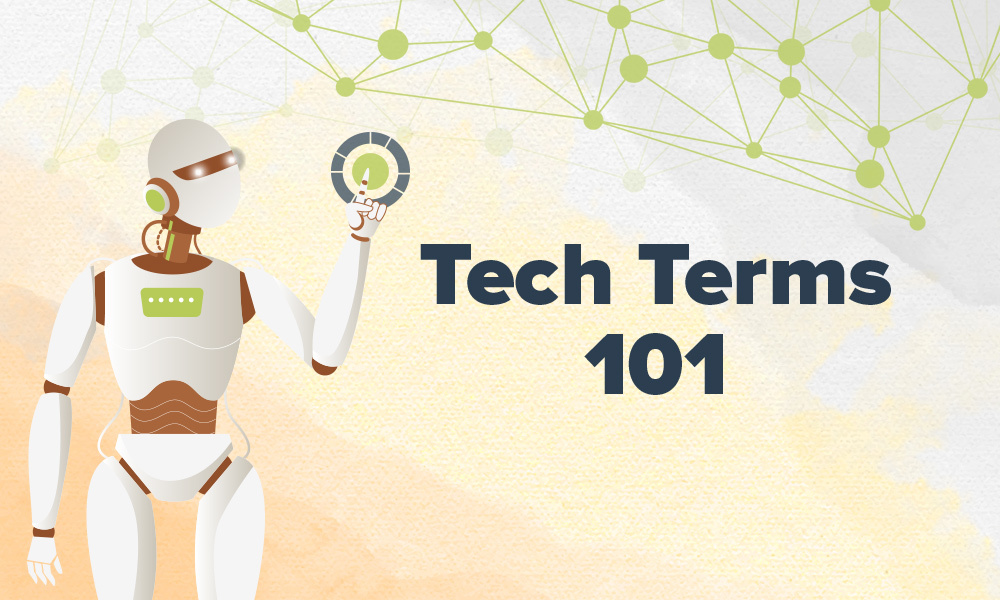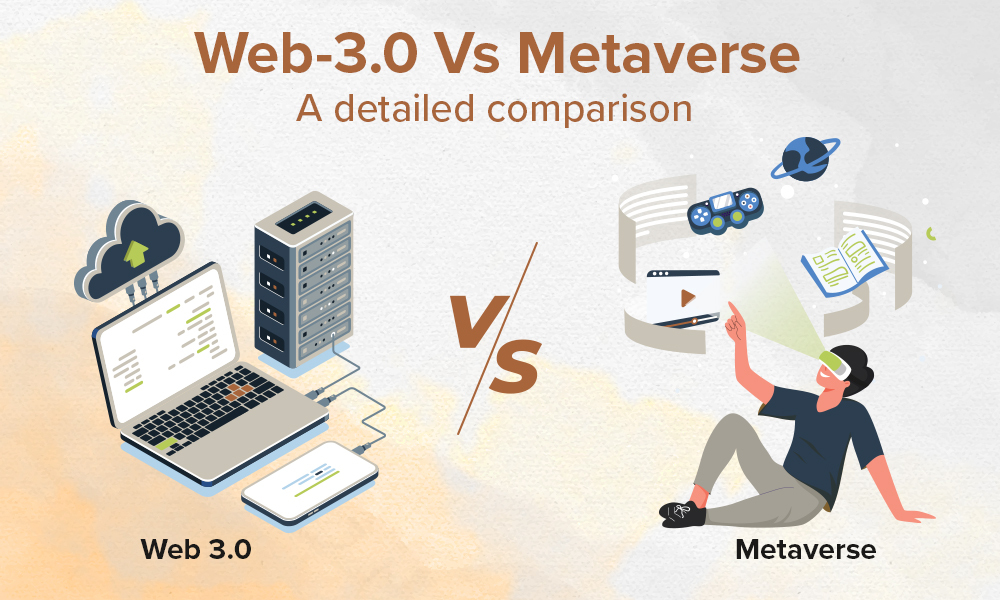The technology world is ever evolving and with this change comes in terminologies which sometimes aren’t easy to understand. Even if we are working in the tech-world, these terminologies seem alien to us or may be unheard of. As we encounter these common, un-common as well as the freshly sprouted terms, we would want to keep updating them here. A simple explanation of these terms would not only help you stay abreast with the emerging tech-world but will also help open many possibilities for both business startups and scaleups.
A
Agile Methodology
Agile methodology is followed by various IT firms as a project management tool. It is a way to manage a project by breaking it up into several phases. It involves constant collaboration with stakeholders and continuous improvement at every stage. Once the work begins, teams cycle through a process of planning, executing, and evaluating. Continuous collaboration is vital, both with team members and project stakeholders.
B
Blockchain as a Service (BaaS)
The term ‘Blockchain as Service’ came into existence in the year 2015, when Microsoft introduced Ethereum blockchain as service (EBaaS) on Microsoft Azure. With BaaS coming into the picture, businesses and industries were able to develop, host and utilize their own blockchain applications, smart contracts, and functions from cloud-based solutions. The cloud-based service provider for e.g., Microsoft as BaaS provider is managing all the necessary tasks and activities related to the development and keeping the process agile and operational.
D
Delegated Proof of Stake (DPoS)
Delegated Proof of Stake (DPoS) is a newer and advanced consensus mechanism based on the traditional proof of stake. The system was developed by Daniel Larimer in order to speed up transactions and creation of block while maintaining the decentralized incentive structure in the blockchain. Blockchains including EOS, Steemit, and BitShare have adopted the DPoS system.
The main aim behind creating DPoS is to build a system that is fast, scalable and seeks consensus more efficiently. It uses a voting system to select the witness (validator) to reach consensus in the blockchain.
M
Metaverse
The Metaverse is a virtual universe or digital world, where avatars of human beings will be present through technology. In this world, one can shop, buy, roam around and potentially do everything that he/she can do in real life. Many companies are creating many Metaverses for entertainment, education, and business. There are three ways income can be earned from land owned in the virtual world. It is important to know the income tax implications of owing virtual land in the real world.
N
NFT
Non-fungible tokens (NFTs) are used to represent ownership of unique items on blockchain. They let us tokenise things like art, collectibles, even real estate. Unlike cryptocurrency, they cannot be traded or exchanged at equivalency. This differs from fungible tokens like cryptocurrencies, which are identical to each other and, therefore, can serve as a medium for commercial transactions.Fungible items, on the other hand, can be exchanged because their value defines them rather than their unique properties. For example, ETH or dollars are fungible because 1 ETH / $1 USD is exchangeable for another 1 ETH / $1 USD.
P
Proof of Stake (PoS)
Proof of stake is a consensus mechanism that requires a user to put something at stake (cryptocurrency) to be able to verify transactions. The users are chosen pseudo-randomly to verify the transaction based on their total wealth and stake. Those who get the chance to validate the transaction create new blocks in the system.
In proof of stake, the blocks are ‘forged’ not mined. Therefore, users who validate the transactions and create new blocks are known as ‘forgers.’ To validate transactions, a forger puts his own coins at stake. He will then be incentivized to validate the transaction and earn the transaction fee. If he validates a fraudulent transaction, he loses his money as well as the future rights of participating as a forger. Cryptocurrencies like BlackCoin, Lisk, and Peercoin run the proof of stake system.
Proof of Work (PoW)
Proof-of-work is the mechanism that allows the blockchain network to come to consensus, or agree on things like account balances and the order of transactions. This prevents users from “double spending” their coins and ensures that the blockchain is tremendously difficult to attack or manipulate. Proof of Work also deters a cyber-attack or any malicious use of computing power, such as sending spam emails or launching denial of service attacks.
Proof of Concept (PoC)
POC (Proof of Concept) is an approach which businesses use to validate the idea or the feasibility of the concept. The stage comes into existence way before the mobile app development process starts. Here a small project is implemented for verifying if a concept can be implemented on the technical capability and business model grounds. A mobile app POC is not usually shown to the public or the customers for the main idea behind it is to simply check if the idea is workable or not.
- Showcases feasibility & Confirm Idea’s Potential
- Developing a POC is a cost and time-effective way to validate features
- Highlights risks and errors at a very early stage
- Gives a clear yes/no right at the beginning of the project
X
XaaS – Everything as a Service
You’re probably familiar with SaaS (Software as a Service) and IaaS (Infrastructure as a Service), which have been around and growing for years. Providers are increasingly offering services over single-purchase products, to the point where we’re now talking about XaaS (Anything or Everything as a Service). This business model may be one that your own company decides to embrace; or, you may notice that you’re a customer to these service-oriented offerings. If you’re the service provider, the subscription model keeps your customers close and assures continued business. For customers, it may provide additional convenience and less to worry about internally.
At its core, XaaS is an extension of SaaS, encompassing almost every professional service or function imaginable, including:
- Security as a service
- Storage as a service
- Backend as a service
- Unified communications as a service
- Data analytics as a service



.jpg)
